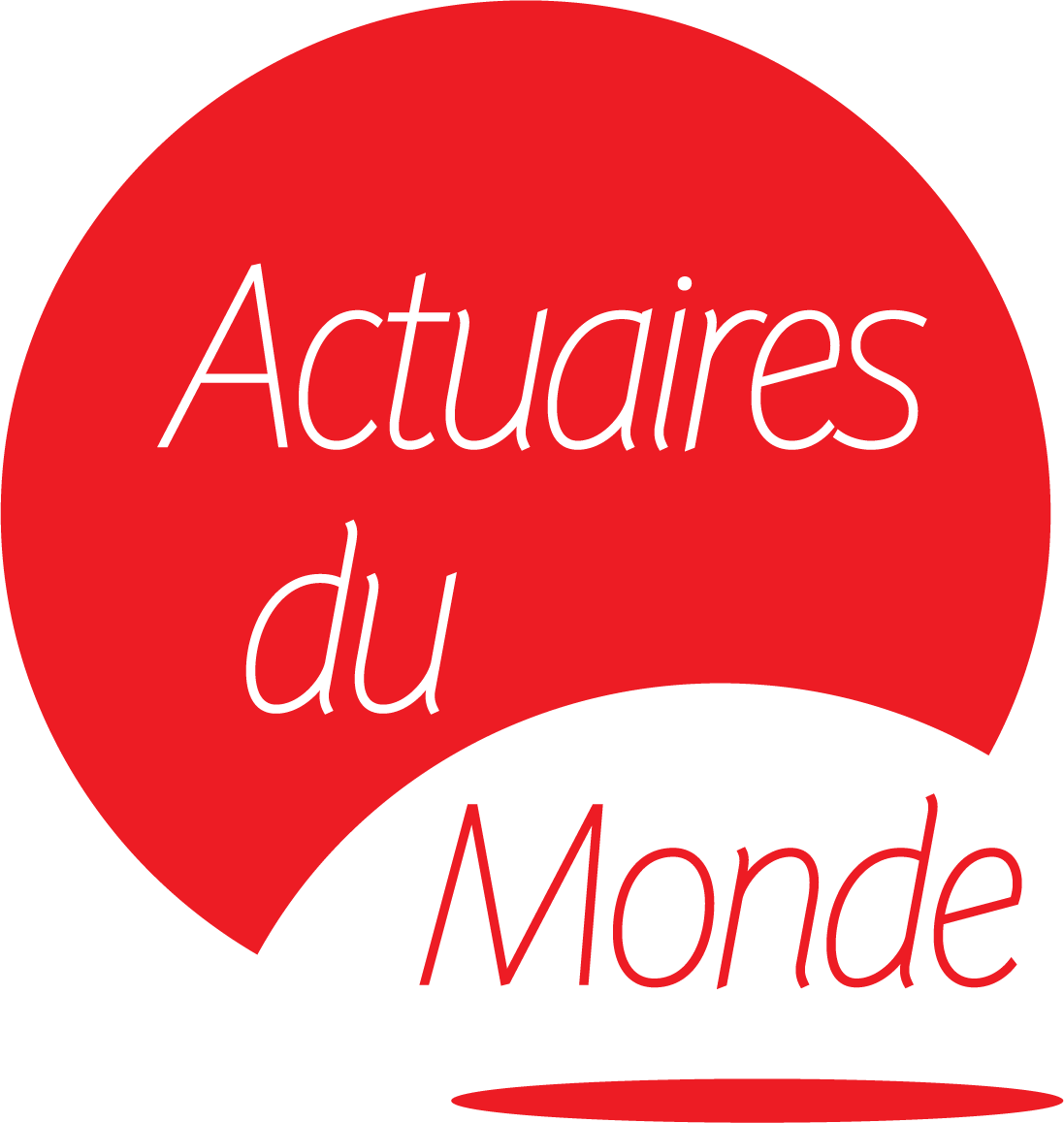Press releases from our volunteer activities
- Lancement 'Actuaires du Monde' - publié le 22 février 2021
- Mentorship - Being a mentor - 21 mai 2021
- Enterprise Risk Management and the role of the actuary IFAGE, Dakar - Webinar 27 May 2021
- Enterprise Risk Management and the role of the actuary CAD, Montenegro - Webinar 11 October 2021
- Birth certificates given to students «WITHOUT IDENTITY» of the Commune of Lakes 1 - Social action
- XXII Jornadas Nacionales y Latinoamericanas Actuariales - Presentation
- Financial Inclusion: An Opportunity for Actuaries to Make a Difference - 15 June 2021
- Project: ‘Microinsurance health for the Hospital ‘Ordre de Malte’ in Elavagnon – Togo: start-up: - 16 November 2021
- Microinsurance ‘Hospital Cash Benefit’ for the population in Est Mono region (Togo) - 26 January 2022
- Health Microinsurance for population in region East-Mono: product proposal
- First Congress of Actuaires du Monde - 21 April 2022 - see also our webpage 'our congresses' for full congress material
Abstracts and presentations of the 1st Congress of Actuaires du Monde
- Estimating claim liabilities in emerging markets - Feedback from successful webinars! - 4 August 2022
- Convention A contributions from 'Actuaires du Monde':
1. Session 1: Actuaires du Monde makes a difference
2. Session 2: Micro Health Insurance
3. Session 3: Index-based Insurance - case study India
4. Session 4: Index-based Insurance - case study West Africa
- Entreprise risk management and the role of the actuary - Seminar in in Podgorica, Montenegro - 4 October 2022
- 8th Annual Convention of the Actuarial society of Zimbabwe (ASZ) - Actuaires du Monde was present in Harare, Zimbabwe - 19 October 2022
- Webinar on the statistical package R, Notre Dame University, Zouk Mosbeh, Lebanon - 6 & 7 June 2023
- In-Depth Insights into Insurance Ratemaking - Seminar in Ohrid, North Macedonia - 6 to 9 September 2023
- New Board of Directors - election 2024
- 2nd Congress Actuaires du Monde - May 2024 - Sarajevo (Bosnia & Herzegovina) - See also our webpage 'Our congresses' for all congress material
-Actuaires du Monde was present at JoCo2024 - Brussels (Belgium) - September 2024 - Presentations JoCo2024
- Convention A|Afrique - Session Actuaires du Monde - Towards Greater Resilience Through Inclusive Insurance in Africa - Press communication and presentations - 3 June 2025 (English version)
- Convention A|Africa - Sessions APSA - Challenges in insurance regulations in Arica with focus on french speaking Africa- Press communication and presentations. - - 3 June 2025 (English version)
- 11th Annual Convention of the Actuarial Society of Zimbabwe . - Actuaires du Monde was present - 10 & 11 July 2025
